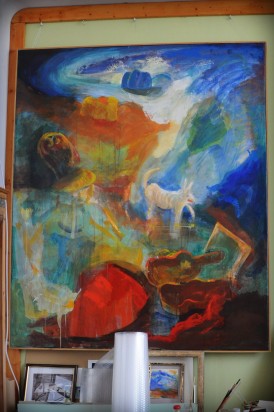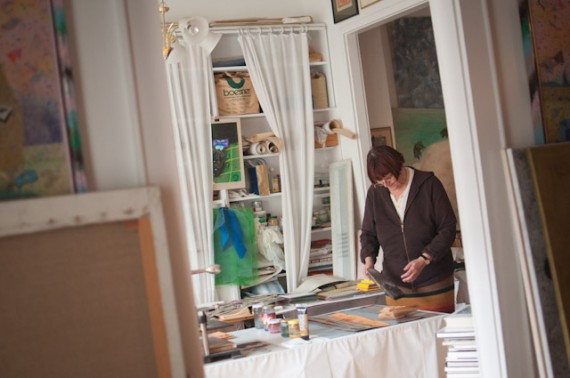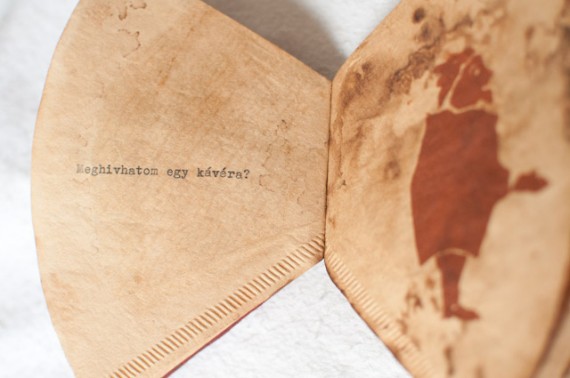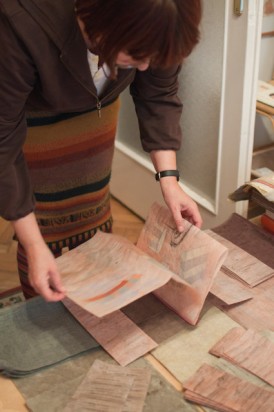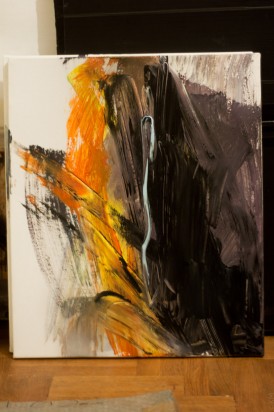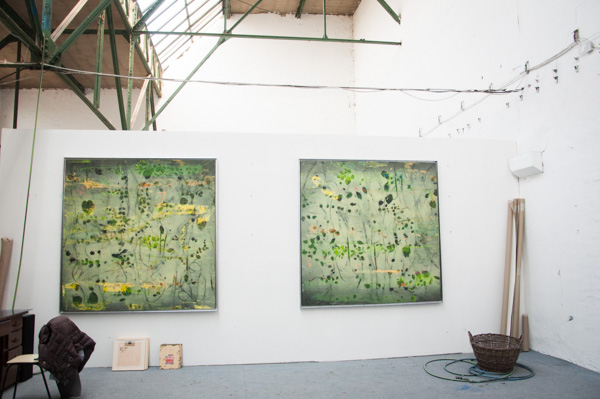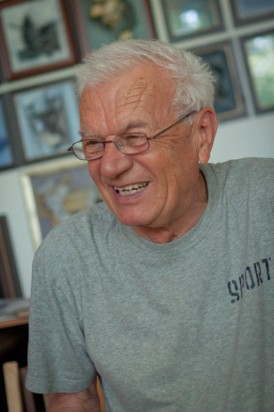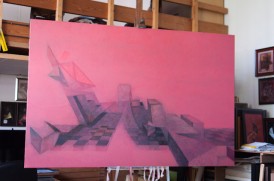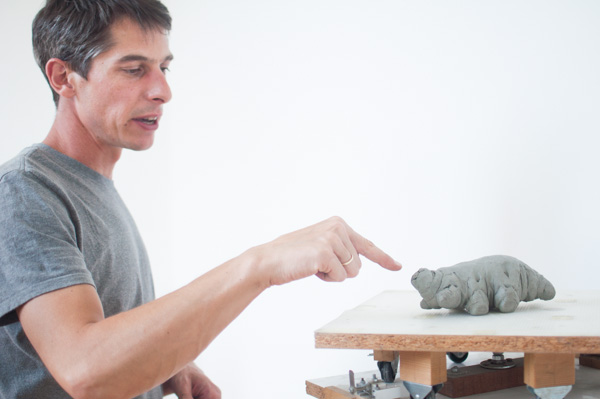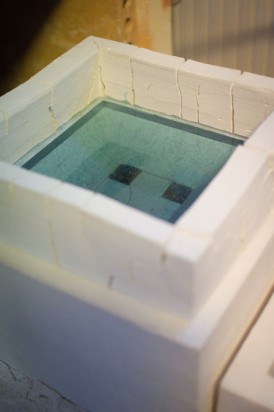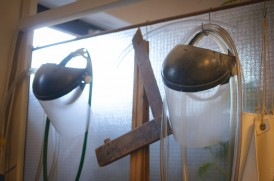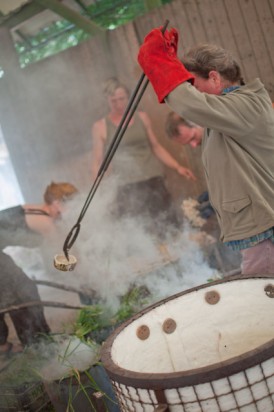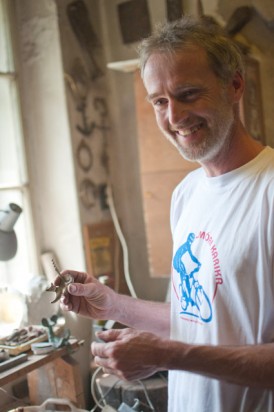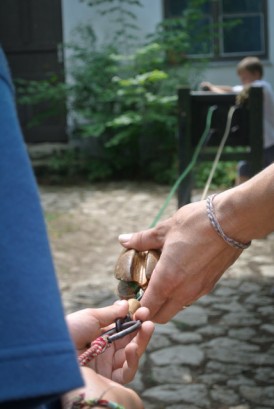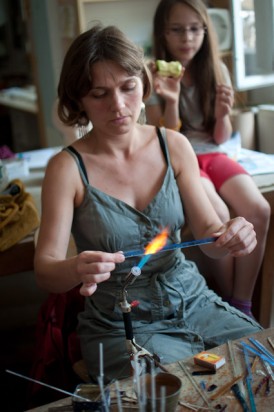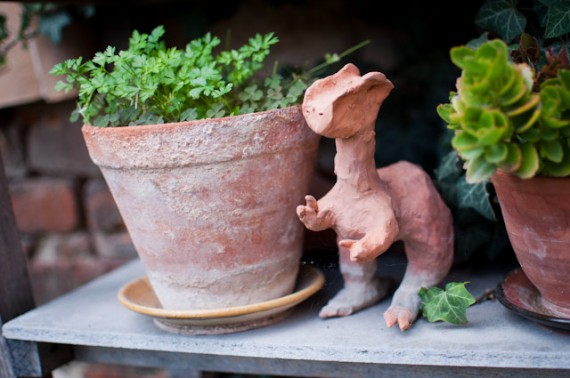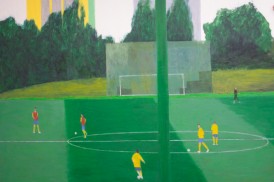 The fire is always witchcraft. My children often told me like that. Two weeks before the Red Mud Disaster, we were working at the artists’ colony. In the evening, we fired in the darkness. I made a large red picture. Returning to my studio, I noticed that a piece of a small house was lost from the picture. All at once, a colleague came bringing this piece. ‘I found it in the grass outside. Does this gadget belong to you?’ At home my kids asked, what was this picture about?.
The fire is always witchcraft. My children often told me like that. Two weeks before the Red Mud Disaster, we were working at the artists’ colony. In the evening, we fired in the darkness. I made a large red picture. Returning to my studio, I noticed that a piece of a small house was lost from the picture. All at once, a colleague came bringing this piece. ‘I found it in the grass outside. Does this gadget belong to you?’ At home my kids asked, what was this picture about?.


I said – I don’t know, surely some dreadful thing, perhaps this is blood, a house overturned, and a mourning band… Later I turned pale when the disaster was announced (Red Mud Disaster, 2011: a huge slurry pond of the Ajka Alumina Works collapsed, and the red mud flushed some villages causing deaths of ten and enormous demolition)


The Morelli name is very common in northern Italy. My great-grandfather served in Garibaldi’s army, later he went to Poland, then settled down in Tokaj with his Polish wife. One son became a woodcutter. After his studies, he went to see the world up to London. We have his correspondence. From London, he brought to Hungary the color printing technique of the wood engraving. For a while, Gusztáv Morelli was the director of the Museum of Applied Arts. One of his grandsons was my father.”


She collected the technical literature from the Széchenyi National Library. She started with making small-scale enamels to learn the materials. Having been trained in arts and craft procedures, she preferred the painted enamel. As a co-founder of the Kecskemét artists’ colony of enamels (together with Kátay, István Petrilla, Edit Stefániai, and Fabók) she participated in the summer works. They went back to the roots, using ancient Hungarian motifs and invoking the Renaissance times.



On the occasion of the Millecentenarium she displayed a large composition, portraying the tempestuous periods of the Hungarian history.


Painted enamels were cultivated in Limoges, for a long time it was unknown here. For the seventies, thanks to the Artists’ Colony, Kecskemét arrived into the row of world’s top five enamel workshops (the others: Limoges, Mores, Erfurt, Barcelona). World-class recognition was luring artists from around the world. Enamels became trendy even in this country as well.


The fired enamel is really a noble material. It became very popular because of its thousand-year value. Unfortunately, if the knowledge of the material and the procedure is not perfect, it does not become a true work of art, but simply a philanderness. “The strong richness of the enamel means a trap to the artist, because he/she must have such an inner strength and creative invention, that his/her gestures of creation may cope the richness of the material”



For the new object of the four basic elements we need to carefully select its carrier material. She likes the processed, used wood. She carves it, but eventually an old and battered duster stand from a yard could serve in a 1956 monument.
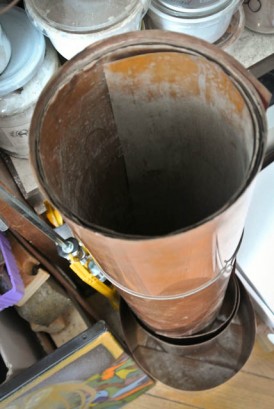

You must learn the techniques of the fire enameling. There are the big group of the goldsmiths’ enamel and the painted enamel. Their applications differ. The fired enamel unites with the carrier (base) material, but it joins with metals of similar melting points only (gold, silver, copper). Pricing for goldsmiths’ enamel is the same as for gold.


The iron-based enameling was possible since the turn of the century, only with industrial help. The technology is quite different, for the iron can not join to the enamel. Enamel firing of large objects is in big tunnel kilns. Because of industry downgrading, in Hungary only one tunnel kiln is operating in Bonyhád. “ I like working in this plant. Over your head the conveyor chain carries the tinkling pans and basins, bluster and stink around, everybody is shouting for the noise … There is something what I can make there.”
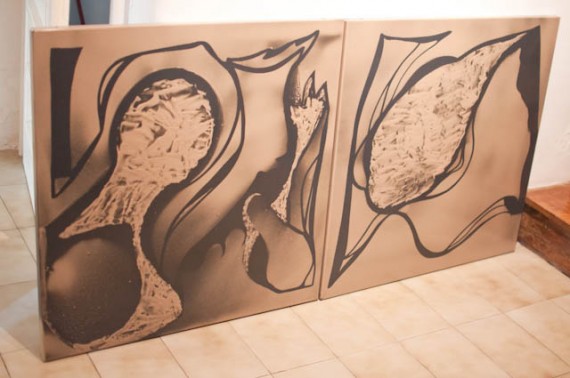

She just arrived from Naszvad, where 35 large-size fired-enamel pictures of her were exhibited, and where she was awarded with the Master title and the grand prize. “Now, you need to help all of us” – they said. But, she made the same all his life!
28/6/2012 Budapest

Awards:
Ferenczy Noémi Prize
Szent Adalberti Prize







